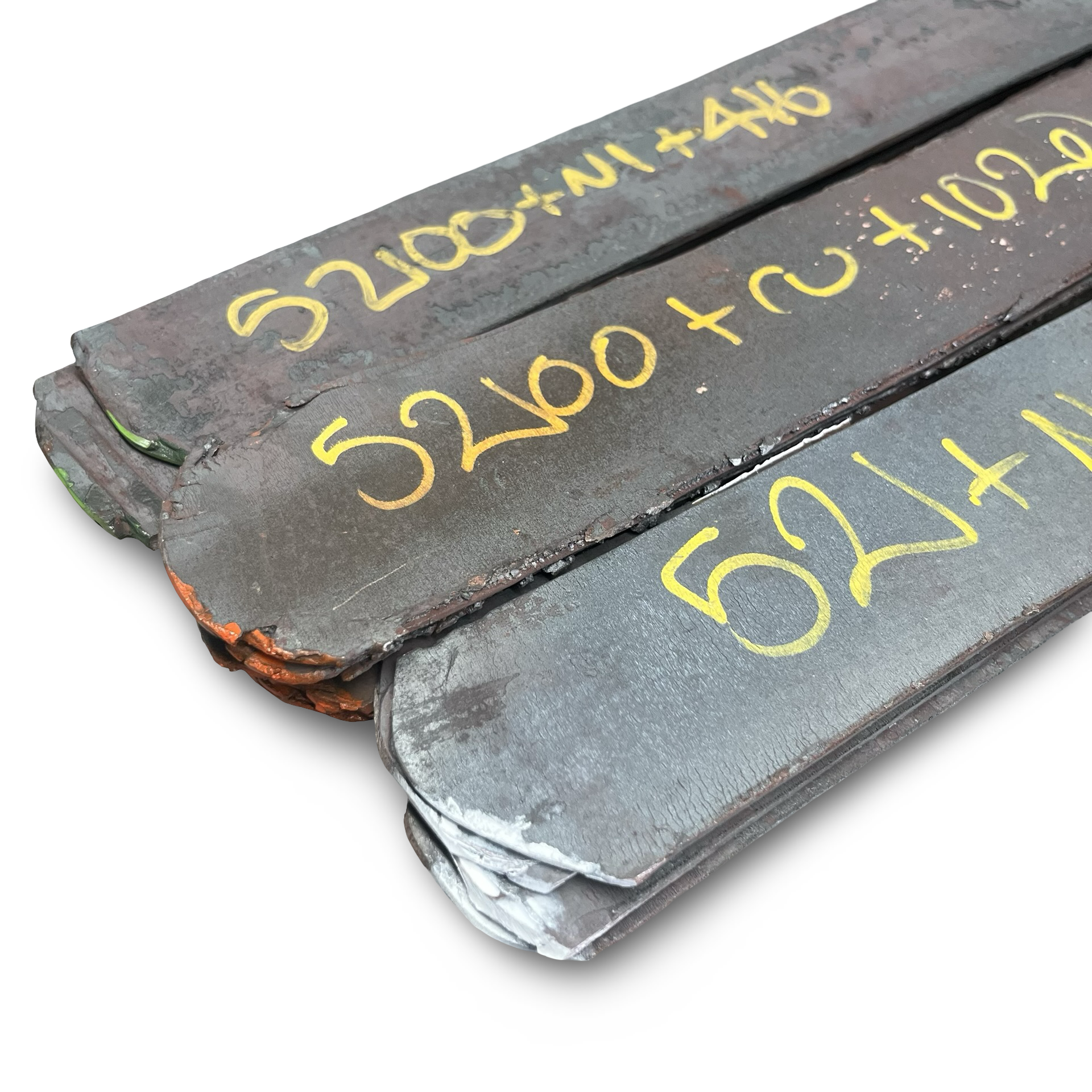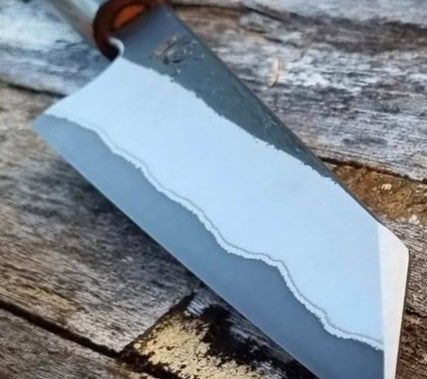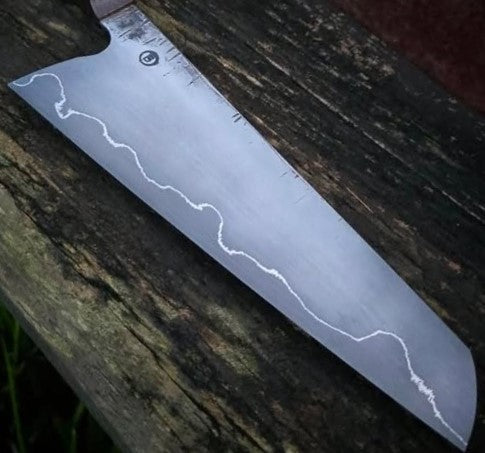Excellent steel for swords used in historical reenactment.
The quality of the product and friendly service is top shelf.
Thank you😊
Very efficient and very easy to order and quality control looks good
It's definitely not as vibrant purple as the photos makes it look, it's alot darker but I kind of like it more if i'm honest. Worth a try!
Nice piece of steel will work well for what I want it for. Came very quickly great supplier.



















